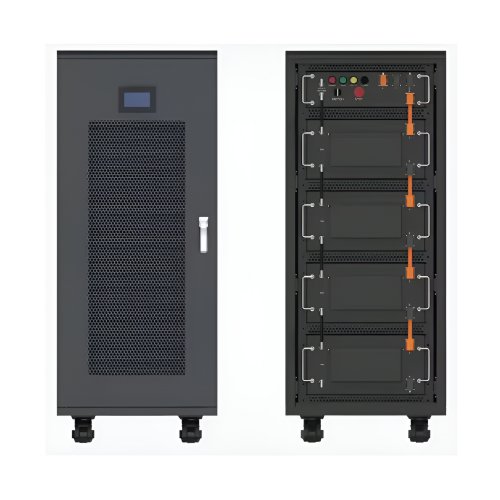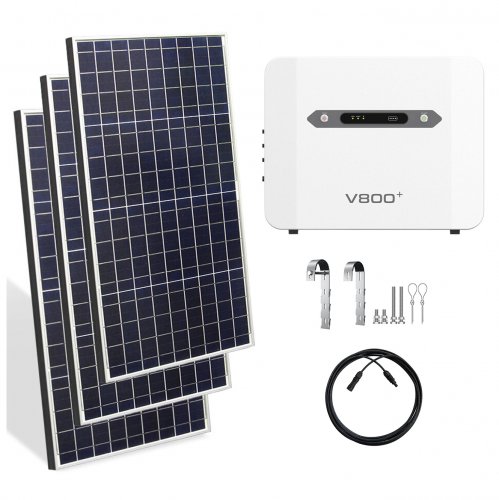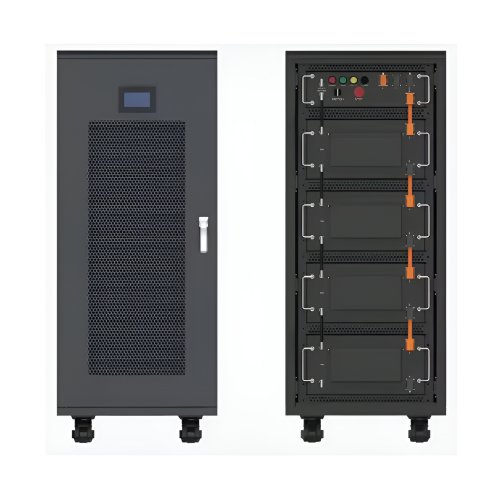How To Use Maintenance Tips: A Practical Guide To Extending Product Lifespan And Performance
Effective maintenance is not merely a reactive measure to fix problems but a proactive strategy to preserve value, ensure safety, and optimize performance. Understanding and applying the right maintenance tips can mean the difference between a product that lasts for years and one that fails prematurely. This guide provides a structured approach to utilizing maintenance tips for anything from household appliances to vehicles and digital devices.
Understanding the Core Principle: Proactive vs. Reactive Care
The fundamental principle behind all maintenance is shifting from a reactive mindset ("I'll fix it when it breaks") to a proactive one ("I'll care for it so it doesn't break"). Proactive maintenance involves regular, scheduled actions designed to prevent failures. Reactive maintenance is often more costly, time-consuming, and disruptive. The tips you gather and implement are the building blocks of this proactive strategy.
A Step-by-Step Guide to Implementing Maintenance Tips
1. Gather Information from Authoritative Sources: Your first step is to collect relevant tips. Do not rely on a single source. Consult the official user manual first—it contains manufacturer-specific guidelines. Then, expand your research to reputable websites, forums dedicated to the product, and tutorials from certified technicians. Ensure the information is current and applicable to your specific model.
2. Organize and Schedule the Tips: Raw information is useless without a plan. Categorize the tips you find:Daily/Weekly: Quick checks like visual inspections, cleaning surfaces, or listening for unusual noises.Monthly: Tasks like lubricating moving parts, checking fluid levels, or running calibration cycles.Seasonal/Annual: More in-depth procedures such as replacing filters, inspecting internal components, or professional servicing. Create a maintenance calendar. Use a digital tool or a simple spreadsheet to schedule these tasks. Setting reminders is crucial for consistency.
3. Gather the Right Tools and Materials: Attempting maintenance with incorrect tools can cause damage. Based on your research, assemble the necessary items. This might include specific screwdrivers, microfiber cloths, approved lubricants, compatible cleaning solutions, or replacement parts like filters or belts. Using manufacturer-recommended parts is always the safest choice.
4. Execute the Maintenance Task Safely: Before starting any procedure, prioritize safety.Power Down: Always disconnect the product from its power source (electrical outlet, battery) before beginning any maintenance.Environment: Work in a well-lit, clean, and dry area.Personal Protective Equipment (PPE): Wear safety glasses, gloves, or other recommended protective gear.Follow Instructions: Methodically follow the steps you’ve compiled. Do not skip steps or take shortcuts.
5. Document Your Actions: Keep a simple logbook. Note the date, the maintenance performed, any parts replaced, and observations. This log is invaluable for tracking the product's health, proving service history for warranties, and troubleshooting future issues.
Essential Maintenance Tips for Common CategoriesMechanical Devices (e.g., Bicycles, Lawnmowers): Focus on the "chain and gear" principle. Keep moving parts clean and properly lubricated. Regularly check for wear and tear on belts, brakes, and tires. Ensure all bolts and fasteners are tight.Digital Devices (e.g., Laptops, Smartphones): Maintenance is largely software-based. Regularly update your operating system and applications for security and performance. Manage storage space by deleting unnecessary files. Clean the physical ports carefully with compressed air and keep screens clean with appropriate cleaners.Major Appliances (e.g., Refrigerators, Washing Machines): Clean condenser coils on your refrigerator every six months to improve efficiency. Regularly clean the filters in your washing machine, dishwasher, and range hood. Use the correct type and amount of detergent to prevent buildup and malfunctions.Home Infrastructure (e.g., HVAC System, Plumbing): Replace HVAC air filters every 1-3 months. Ensure external AC units are free of debris. Seasonally inspect plumbing for leaks and clean drain stoppers. Know the location of your main water shut-off valve.
Critical Tips and PrecautionsKnow Your Limits: The most important tip is to recognize when a task is beyond your skill level. Electrical repairs, complex mechanical overhauls, and anything involving gas should typically be left to qualified professionals. Attempting these can void warranties and create serious safety hazards.Use Products as Intended: Many maintenance issues stem from misuse. Avoid overloading washing machines, using harsh chemicals on delicate surfaces, or running tools outside their specified capacity.Listen and Look: Often, your senses are the best diagnostic tools. Pay attention to new or unusual sounds (grinding, knocking), smells (burning, mildew), or visual cues (leaks, smoke, performance drops). Addressing these early signs can prevent major failures.Don't Over-Maintain: More is not always better. Over-lubricating can attract dirt, over-cleaning with harsh chemicals can damage seals, and constantly tinkering can introduce new problems. Adhere to recommended schedules.
By systematically finding, organizing, and applying these maintenance tips, you transition from being a passive owner to an active steward of your possessions. This disciplined approach minimizes downtime, reduces long-term costs, and provides the satisfaction of knowing your equipment is operating reliably and safely.
Customized/OEM/ODM Service
HomSolar Supports Lifepo4 battery pack customization/OEM/ODM service, welcome to contact us and tell us your needs.


HomSolar: Your One-stop LiFePO4 Battery Pack & ESS Solution Manufacturer
Our line of LiFePO4 (LFP) batteries offer a solution to demanding applications that require a lighter weight, longer life, and higher capacity battery. Features include advanced battery management systems (BMS), Bluetooth® communication and active intelligent monitoring.

Customised Lithium Iron Phosphate Battery Casing
ABS plastic housing, aluminium housing, stainless steel housing and iron housing are available, and can also be designed and customised according to your needs.

HomSolar Smart BMS
Intelligent Battery Management System for HomSolar Energy Storage System. Bluetooth, temperature sensor, LCD display, CAN interface, UART interface also available.


Terminals & Plugs Can Be Customized
A wide range of terminals and plugs can be customised to suit the application needs of your battery products.

Well-designed Solutions for Energy Storage Systems
We will design the perfect energy storage system solution according to your needs, so that you can easily solve the specific industry applications of battery products.



About Our Battery Cells
Our energy storage system products use brand new grade A LiFePO4 cells with a battery lifespan of more than 4,000 charge/discharge cycles.



Applications in Different Industries
We supply customized & OEM battery pack, assemble cells with wiring, fuse and plastic cover, all the cell wires connected to PCB plug or built BMS.
Applications: E-bike, Electric Scooter, Golf Carts, RV, Electric Wheelchair, Electric Tools, Robot Cleaner, Robot Sweeper, Solar Energy Storage System, Emergency Light, Solar Power Light, Medical Equipment, UPS Backup Power Supply.
We can provide you with customized services. We have the ability to provide a vertical supply chain, from single cells to pack/module and to a complete power solution with BMS, etc.


HomSolar (Shenzhen) Technology Co., Ltd
























